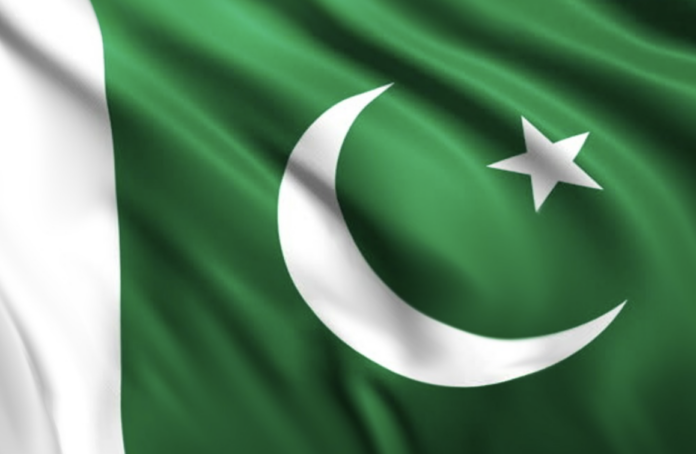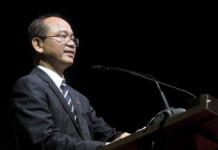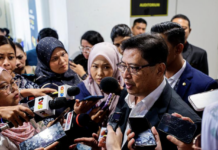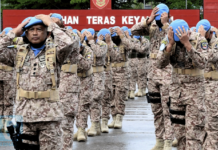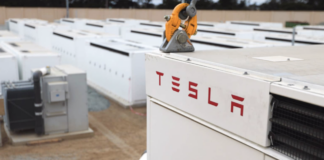KARACHI, Feb 9 – Initial results of Pakistan’s crucial elections suggest strong prospects for a hung Parliament with counting still underway on many constituencies across the country, Anadolu Agency reported, citing local media and analysts.
With nearly 50 per cent of votes counted, a tough contest is underway between independent candidates backed by Pakistan Tehreek-e-Insaf (PTI) party of incarcerated ex-Prime Minister Imran Khan and Pakistan Muslim League-Nawaz (PML-N) of three-time Prime Minister Nawaz Sharif.
The two parties are in neck-and-neck contest in the bellwether Punjab province to grab a maximum share of 266 direct seats of the lower house, the National Assembly, to form the central and provincial governments.
Punjab, the country’s largest and richest province, has 141 out of 266 National Assembly seats.
The PTI has swept both national and provincial assembly seats from northwestern Khyber Phaktunkhwa province, which it has governed for two consecutive terms from 2013 to 2022.
Whereas, the party, defying all odds, has unexpectedly performed well in Punjab, an otherwise stronghold of the PML-N, and has grabbed several important constituencies.
So much so, Nawaz Sharif, who was touted as frontrunner for the prime minister office, is trailing on a National Assembly seat from northwestern district of Mansehra. He won the National Assembly seat in his hometown and the party’s stomping ground Lahore.
Other important seats in Lahore that the party won include those by former Prime Minister Shehbaz Sharif and Nawaz Sharif’s scion Maryam Nawaz.
The PML-N and the PTI are locked in a tough contest for 297 direct seats for the Punjab provincial assembly.
The centre-left Pakistan People’s Party (PPP), is currently in third position dominating its stronghold, the southern Sindh province, where it has ruled for three consecutive terms, from 2008 to 2023.
The party, led by former Foreign Minister Bilawal Bhutto Zardari, is set to form the fourth consecutive term in Sindh, according to state-run Pakistan Television.
Bilawal, and his father, Asif Ali Zardari, who served as the country’s President from 2008 to 2013, have comfortably retained their constituencies from Sindh.
Current projections suggest that the PML-N and the PTI are expected to win 65-70 National Assembly seats each, followed by the PPP, which is leading on 45 seats.
Regional and religiopolitical parties are leading on 30 seats, according to initial results.
Pakistan Stock Exchange opened down 2000 points (3 per cent) on Friday after “unexpected” election results, officials said.
Political experts foresee some possible scenarios, involving coalitions between different parties to form the central government for a five-year term.
The PTI claims it is in a position to form the governments in the centre, and Punjab and Khyber Phaktunkhwa provinces.
However, according to constitutional experts, since its candidates have contested elections as independents and without a uniform election symbol following a cumbersome legal battle, they cannot form the government without being merged into a party.
Also, the party cannot get its share of reserved seats for women and religious minorities.
It means they need to join or forge an alliance with a party to form the government both in centre and the provinces.
Another possible scenario could be an alliance between PML-N, the PPP and Jamiat Ulema Islam party of Maulana Fazl -ur-Rahman, which were part of the previous government led by Shehbaz Sharif.
The third case could be that the PPP and the PTI-backed independent candidates join hands and form the government, a scenario also hinted by Bilawal during his election campaigning.




